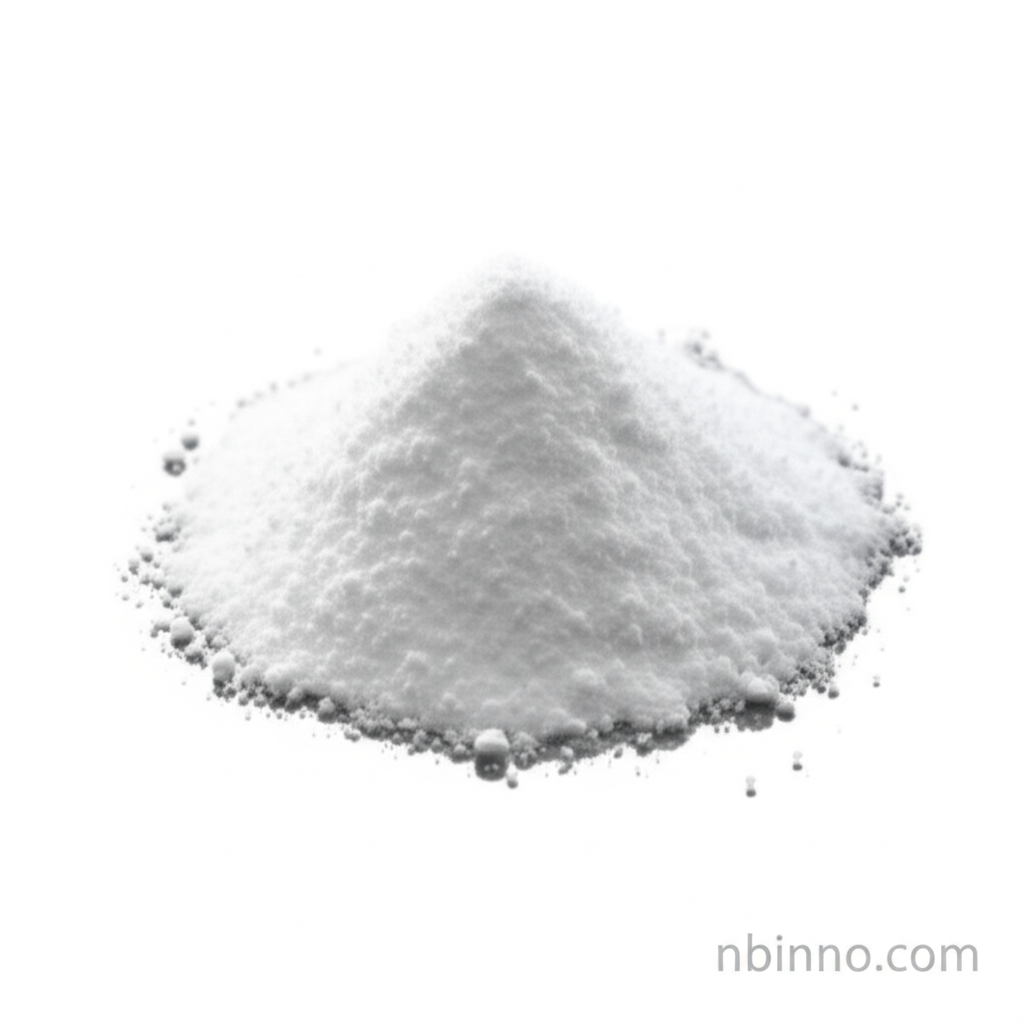Aztreonam: A Comprehensive Guide to its Properties, Applications, and Benefits
Discover the science behind this potent antibiotic, essential for tackling Gram-negative bacterial infections.
Get a Quote & SampleProduct Core Value

Aztreonam
Aztreonam is a highly specific synthetic antibiotic that targets Gram-negative bacteria by inhibiting their cell wall synthesis. Its unique monobactam structure makes it particularly effective against infections where other beta-lactams may fail due to resistance mechanisms.
- Understanding the Aztreonam mechanism of action is crucial for targeted therapeutic development. By precisely inhibiting bacterial cell wall synthesis, it offers a focused approach to combating infections.
- Explore the role of Aztreonam in antibiotic resistance research. Its stability against beta-lactamases provides a unique avenue for studying how bacteria evolve and develop resistance.
- Leverage Aztreonam for its specific Gram-negative bacteria treatment capabilities. This makes it a key compound in studies focused on infectious diseases caused by these pathogens.
- Investigate the inhibition of bacterial cell wall synthesis with Aztreonam. This fundamental action is central to its antimicrobial efficacy and a key area of research.
Key Advantages of Aztreonam
Targeted Gram-Negative Activity
Aztreonam provides potent activity specifically against Gram-negative bacteria, offering a focused treatment or research option where broad-spectrum antibiotics might lead to wider resistance development.
Stability Against Beta-Lactamases
A significant advantage of Aztreonam is its resistance to degradation by many beta-lactamase enzymes, which are common resistance mechanisms in bacteria. This stability allows it to remain active against many resistant strains.
Unique Mechanism of Action
The specific binding to Penicillin-Binding Protein 3 (PBP3) differentiates Aztreonam from other beta-lactams, offering a distinct pathway for research into bacterial cell wall construction and potential vulnerabilities.
Key Applications
Antibiotic Research
Aztreonam is a vital tool for researchers studying bacterial infections, antibiotic resistance mechanisms, and developing new antimicrobial strategies. Its specific action makes it ideal for in-vitro studies.
Pharmacological Studies
Its well-defined pharmacological properties and mechanism of action make Aztreonam a subject of study in understanding drug interactions, efficacy, and the development of novel antibacterial agents.
Bacterial Cell Wall Synthesis Inhibition
Researchers utilize Aztreonam to investigate the complex pathways of bacterial cell wall formation, exploring how disrupting this process can lead to bacterial death.
Gram-Negative Pathogen Research
As a compound with strong activity against Gram-negative bacteria, Aztreonam is instrumental in research focused on pathogens like Pseudomonas aeruginosa and E. coli.
